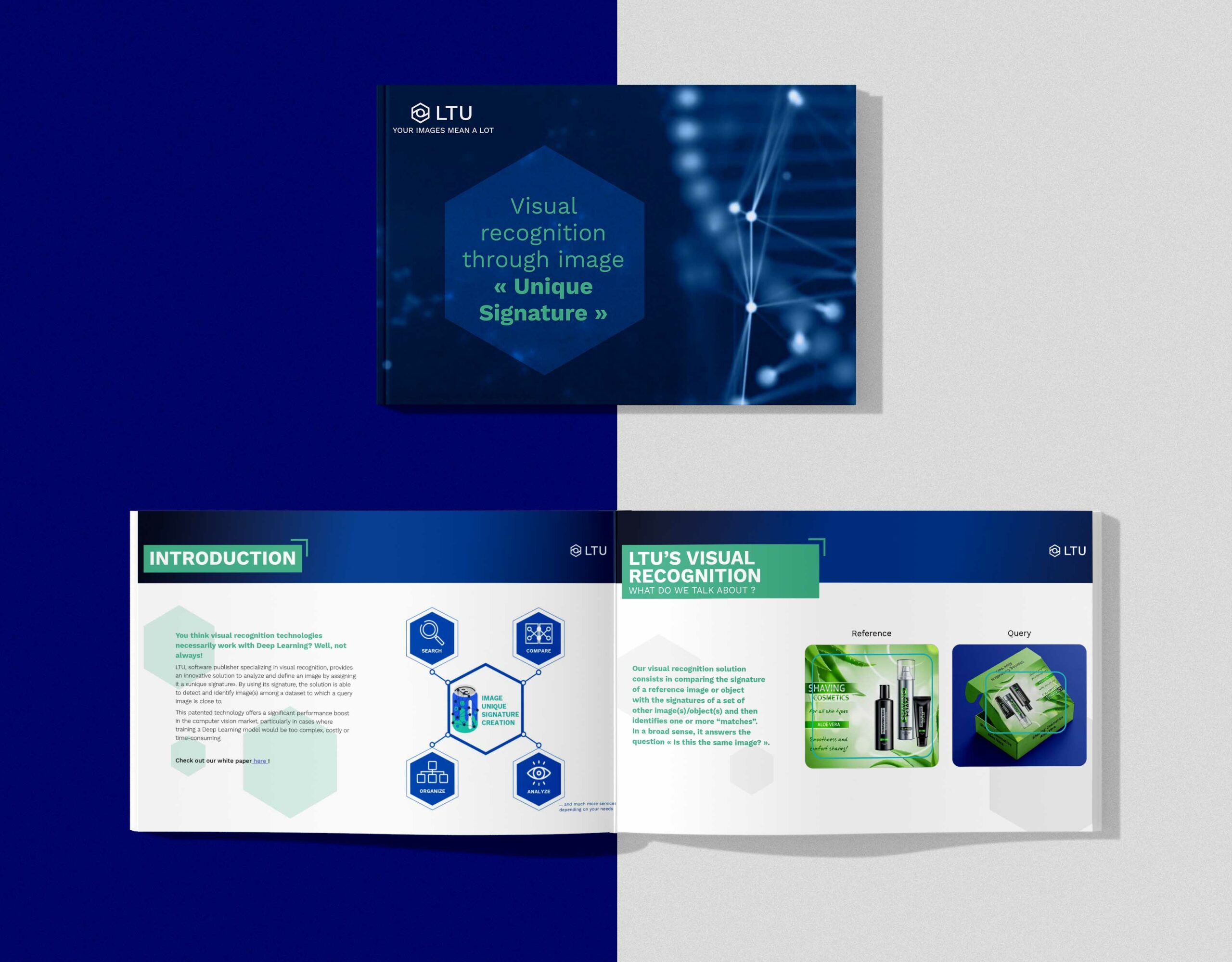To date, existing visual recognition solutions based on Deep Learning work in two steps:
- Establishing a reference dataset: collection of the maximum amount of data available on the image or object to be compared/identified
- Training the Deep Learning algorithms on this dataset: the artificial neural network that makes up the model learns from examples to recognise the reference image or object until a satisfactory score is obtained.
A robust solution necessarily involves:
- A very large number of versions of the reference image, in the most diverse situations and contexts possible, to enrich the dataset (e.g. the same object from various angles and under different lighting conditions);
- A somewhat long training time: although training times of algorithms have come down in recent years, all steps involved in retrieving images from the dataset, cleaning them, defining the training architecture and the parameters can take several days;
- Computing resources are key especially for large images;
- Human intervention to refine the model and improve its reliability. A developer’s expertise is needed to understand the scores obtained and aim higher.
However, projects do not always have such luxury, whether in time, technical resources or human skills.
Moreover, some use cases simply do not allow for a large number of reference images… For instance, if I’m looking for reproductions of a work of art, by definition, I only have one reference image to train my model! So for a wide range of visual recognition problems, using Deep Learning is not relevant!
So, what about LTU’s technology?
LTU provides an innovative solution to analyze and define an image by assigning it a «unique signature» ( 
This patented technology offers a significant performance boost in the computer vision market, particularly in cases where training a Deep Learning model would be too complex, costly or time-consuming.
It’s also important to mention that Deep Learning isn’t out of the question! If it suits your needs, LTU technology can integrate third-party technologies. For instance, you may add object detection and image classification to our visual recognition tool. This way, you benefit from a solution that is customisable, easily integrated and highly efficient.

Which visual recognition technology to choose?
You think visual recognition technologies necessarily work with Deep Learning? Well, not always!
A visual recognition solution typically compares a reference object or image to a set of other objects/images and then identifies one or more “matches”. In a broad sense, it answers the question “Is this the same image?”.

